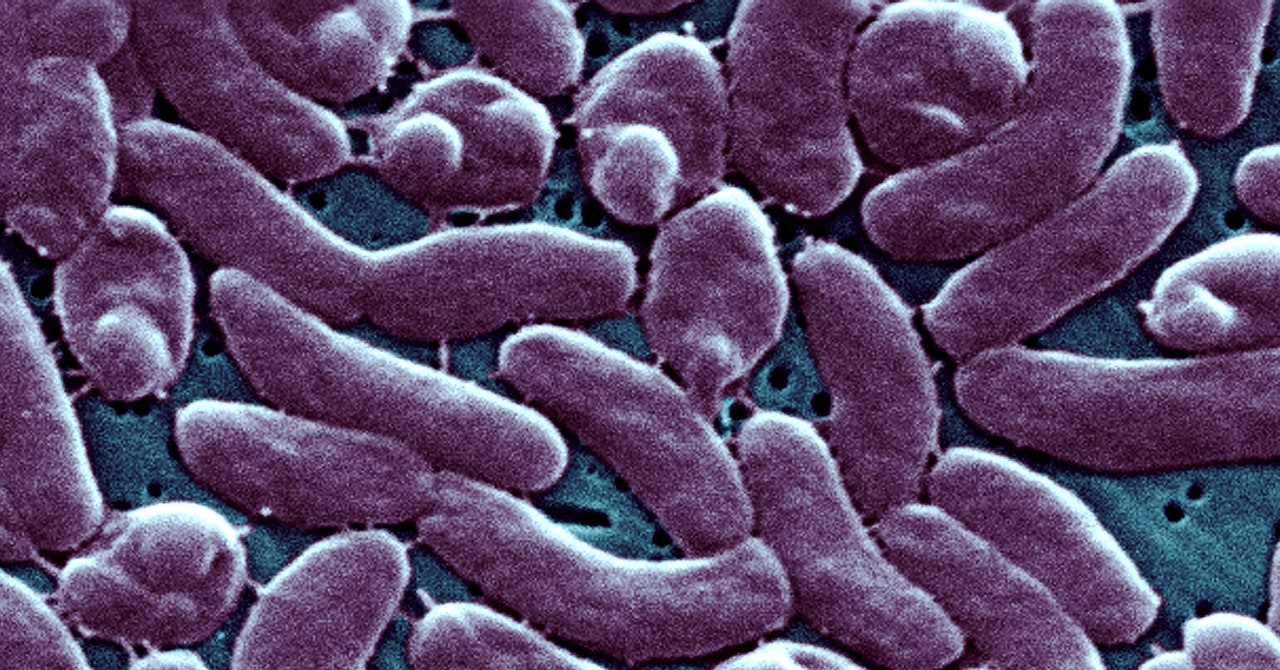
In September, Hurricane Ian smashed into the southwest coast of Florida, bringing with it a storm surge that reached 13 feet in the coastal town of Fort Myers. Warm, brackish Gulf water inundated homes and businesses as well as sewers, wastewater pumps, and septic tanks. As the torrential winds and rain mixed everything together into a giant slurry, a highly adaptable microscopic creature gained a foothold: a “flesh-eating” bug called Vibrio vulnificus.
Twenty-eight people were infected with this bacteria, which can quickly degrade skin cells, leach iron from blood, and lead to multiple organ failure. Seven of the infected died. “When you’re in a tropical environment with standstill water that’s very contaminated with debris and whatever else is baking in the sun—that is the perfect cocktail for this bacteria to develop,” says James Williams, an environmental specialist at the Florida Department of Health.
Cases dropped off as floodwaters receded, with no new infections reported after October 13. But many researchers, including Dayle Daines, a microbiologist at Old Dominion University in Virginia, believe that V. vulnificus and its pathogenic brethren, including 11 other vibrio species that are harmful to humans, could be on the rise in the coming decades as climate change reshapes the aquatic landscape. Hurricanes are increasing in intensity, floods are breaking records, and warmer ocean waters are stretching further northward. Vibrio bacteria proliferate in warm aquatic environments. They are also halophilic, meaning they thrive in slightly salty, brackish water, like the floodwaters that lingered after Hurricane Ian.
There are more than 100 currently known vibrio species. A fraction cause illness in humans, the main culprits being V. cholerae—the pathogen that causes cholera—V. parahaemolyticus, and V. vulnificus. A recent analysis led by the Environmental Protection Agency found that vibrio infection rates could increase by 50 to 100 percent in the United States by 2090, increasing the annual cost of addressing these illnesses from just over $2 billion to as much as $7 billion.
Outbreaks of vibriosis are also expected to migrate further northward as temperatures tick up and sea levels rise. One outbreak in Scandinavia in 2014 infected close to 90 people, some within 100 miles of the Arctic Circle. The culprit: a persistent heat wave that caused sea surface temperatures to reach heights never before recorded in that region. “If you have a current, and you have a heat wave, you can have vibrio,” says Daines. Increased temperatures also drive people to the beach, where exposure is more likely, she says.
Flooding increases people’s exposure to bacteria-filled water, and so raises the risk of infection. It also works to make water-borne bacteria more dangerous. In Florida, Ian’s powerful storm surge caused older, damaged pipes and septic tanks to leak sewage into the surrounding floodwater. Vibrio species could then mix more readily with other bacteria and swap genes with them, including genes that confer antibiotic resistance. In a future where climate change is expected to increase the intensity of flooding, severe storms, and hurricanes, researchers believe there will be more opportunities for these genetic mixing events.


